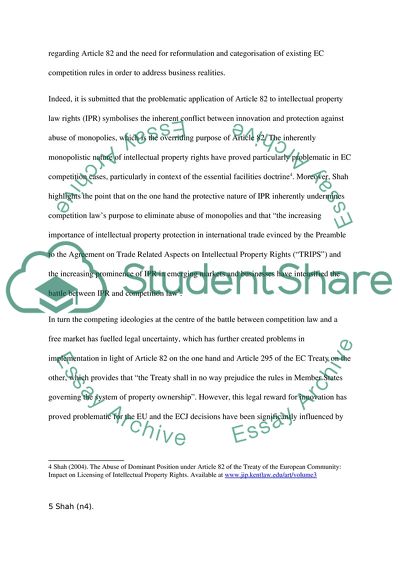Cite this document
(Case Note: Microsoft vs. Commission Law Study Example | Topics and Well Written Essays - 2500 words, n.d.)
Case Note: Microsoft vs. Commission Law Study Example | Topics and Well Written Essays - 2500 words. Retrieved from https://studentshare.org/law/1745853-case-note-case-t-20104-microsoft-v-commission-2007-ecr-ii-3601
Case Note: Microsoft vs. Commission Law Study Example | Topics and Well Written Essays - 2500 words. Retrieved from https://studentshare.org/law/1745853-case-note-case-t-20104-microsoft-v-commission-2007-ecr-ii-3601
(Case Note: Microsoft Vs. Commission Law Study Example | Topics and Well Written Essays - 2500 Words)
Case Note: Microsoft Vs. Commission Law Study Example | Topics and Well Written Essays - 2500 Words. https://studentshare.org/law/1745853-case-note-case-t-20104-microsoft-v-commission-2007-ecr-ii-3601.
Case Note: Microsoft Vs. Commission Law Study Example | Topics and Well Written Essays - 2500 Words. https://studentshare.org/law/1745853-case-note-case-t-20104-microsoft-v-commission-2007-ecr-ii-3601.
“Case Note: Microsoft Vs. Commission Law Study Example | Topics and Well Written Essays - 2500 Words”, n.d. https://studentshare.org/law/1745853-case-note-case-t-20104-microsoft-v-commission-2007-ecr-ii-3601.


